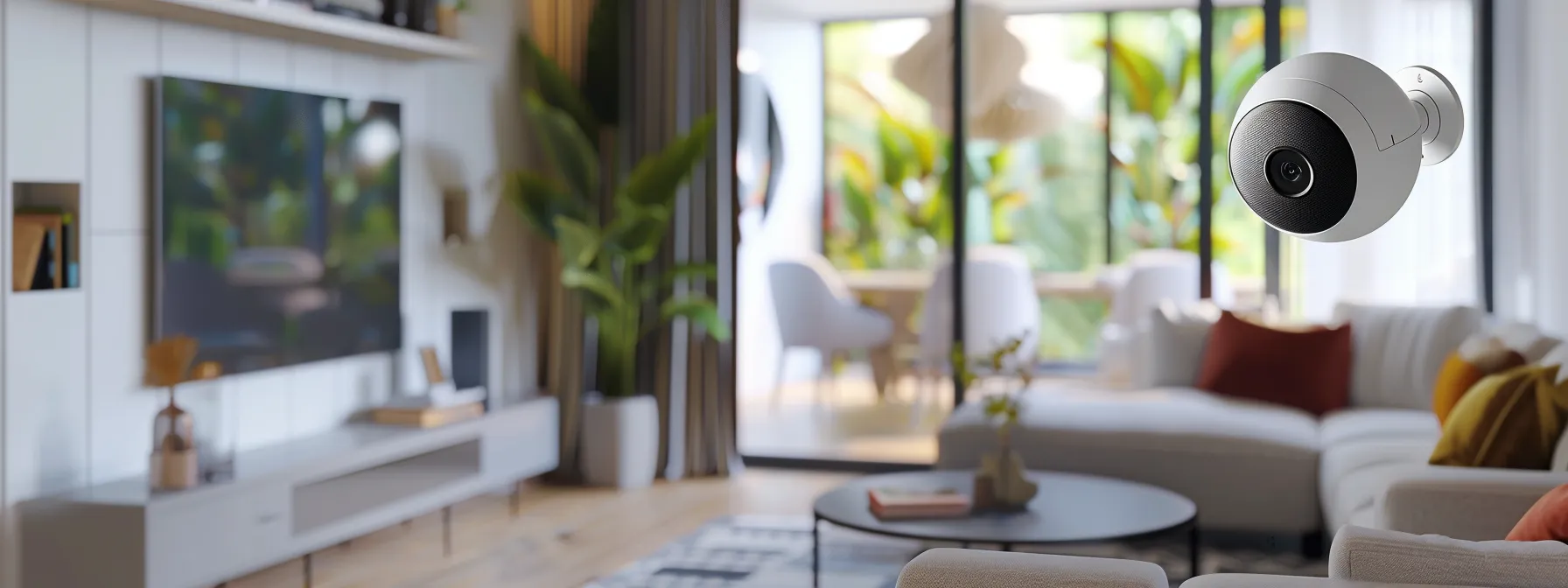
Are you concerned about the safety of your home? Installing a home security camera can be a key step in protecting your property. This guide will help you choose the right cameras, identify essential locations for placement, and avoid common mistakes. By following these guidelines, you’ll gain valuable insights on ensuring a secure environment, addressing your safety concerns effectively. Ultimately, this content aims to simplify the process of installing your first home security camera, making it easier to safeguard your home.
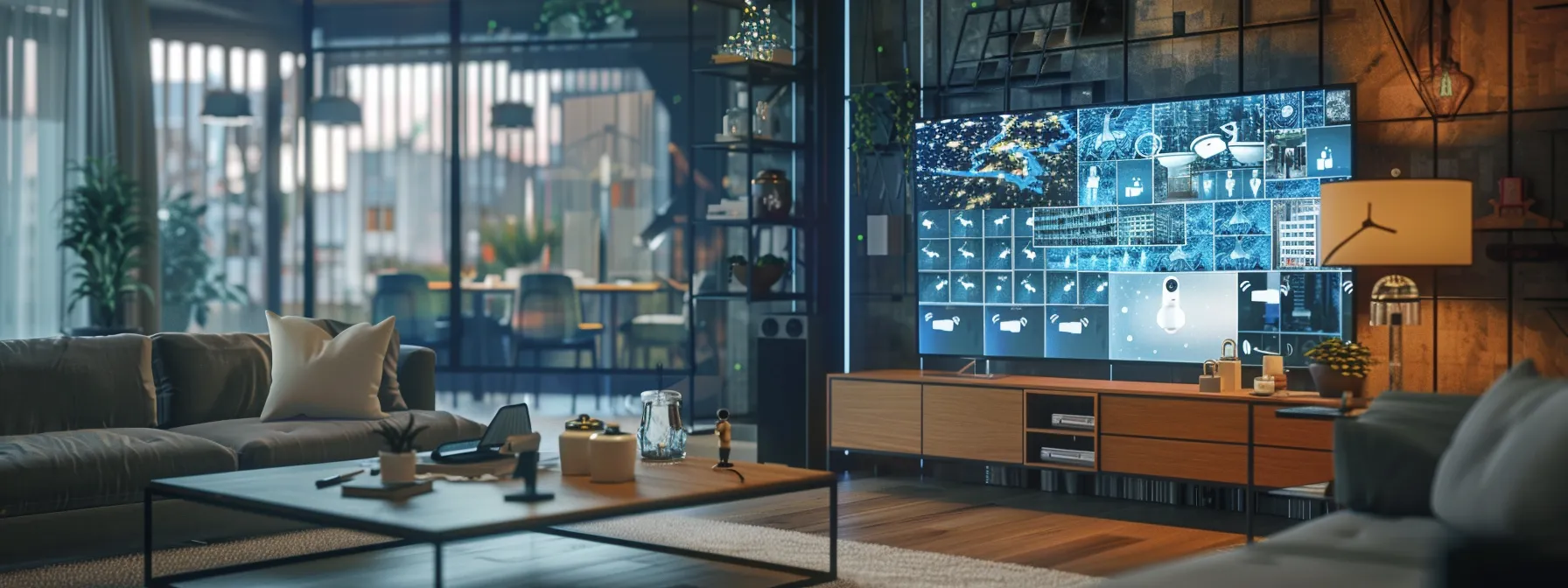
Choosing the right home security cameras begins with understanding your needs and your right to privacy. Homeowners should assess areas that require surveillance, such as entry points and common living spaces, ensuring effective coverage without invading anyone’s personal space. This initial step sets the foundation for selecting suitable cameras.
Next, consider camera features such as sensor types and resolution. Cameras equipped with motion sensors help detect activity, while high-resolution options provide clearer images. Popular systems like SimpliSafe offer a range of camera models to meet various surveillance needs.
The final step involves determining how the system will integrate with home automation and security protocols. Home security cameras should work seamlessly with alarms and monitoring services. This comprehensive approach allows homeowners to achieve a cohesive security solution while maximizing their home’s safety.
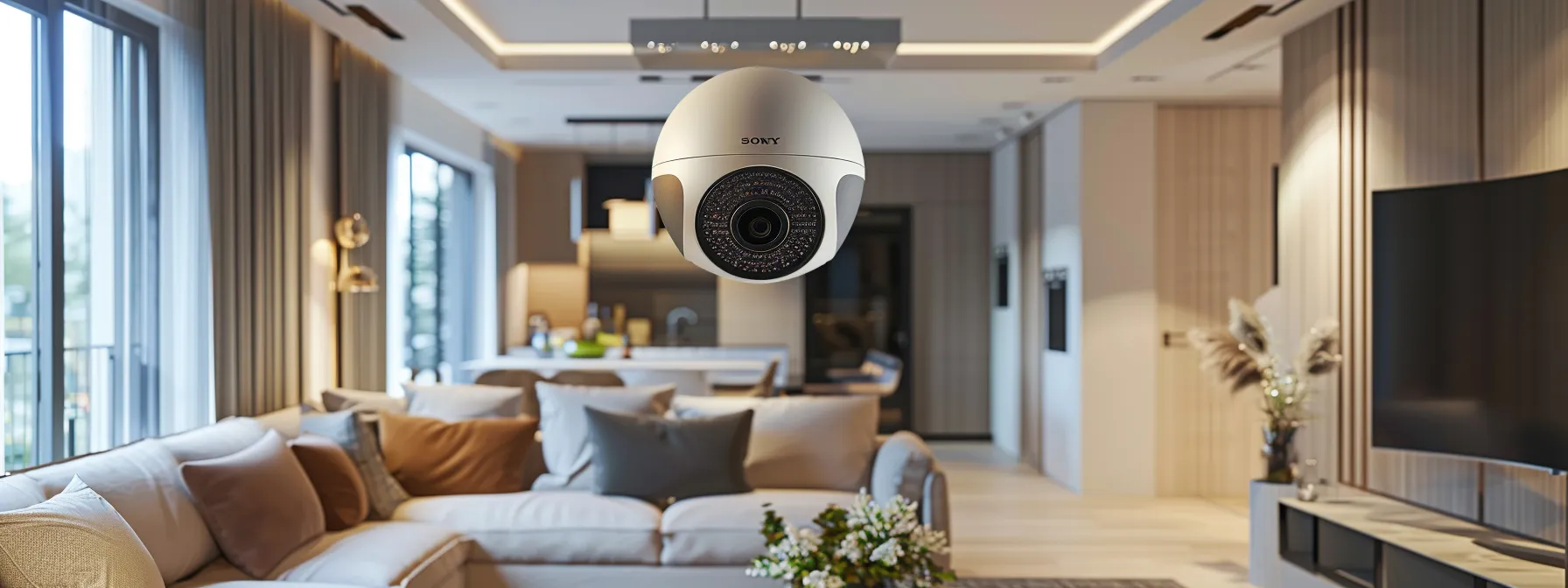
Positioning a wireless security camera effectively is key to enhancing home safety. Homeowners should focus on entry points, where most burglary attempts occur, and install cameras under soffits for optimal visibility. Additionally, monitoring large open areas and high-value rooms such as the living room ensures comprehensive surveillance, providing peace of mind with brands like Hikvision.
Focusing on entry points is crucial for effective home security camera installation. These locations, including doors and windows, are where most burglary attempts take place, making them ideal spots for IP cameras. Homeowners should ensure that their cameras have a clear view of these entryways while being connected to a reliable power supply and the property’s router for seamless monitoring and alerts.
Positioning security cameras in large open areas is essential for homeowner safety and reduces the risk of unauthorized activities. These spaces can often be vulnerable, and it’s crucial to balance comprehensive coverage while respecting the expectation of privacy for family members and guests. For example, when homeowners install a door security camera, they should also consider monitoring driveways, yards, and patios, as these regions contribute significantly to overall home security. ADT home security systems often provide reliable options for integrating such cameras, ensuring homeowners stay alert to potential threats while maintaining a secure environment.
Installing security cameras in high-value rooms, such as the bedroom and basement, is crucial for maximizing safety in a home. These areas often contain valuable items and personal belongings, making surveillance essential. Homeowners should consider cameras with a high dynamic range to ensure clear footage in various lighting conditions, particularly in spaces like basements where illumination may be limited. By integrating these cameras into a DIY security system, homeowners can monitor their possessions effectively, ensuring peace of mind.
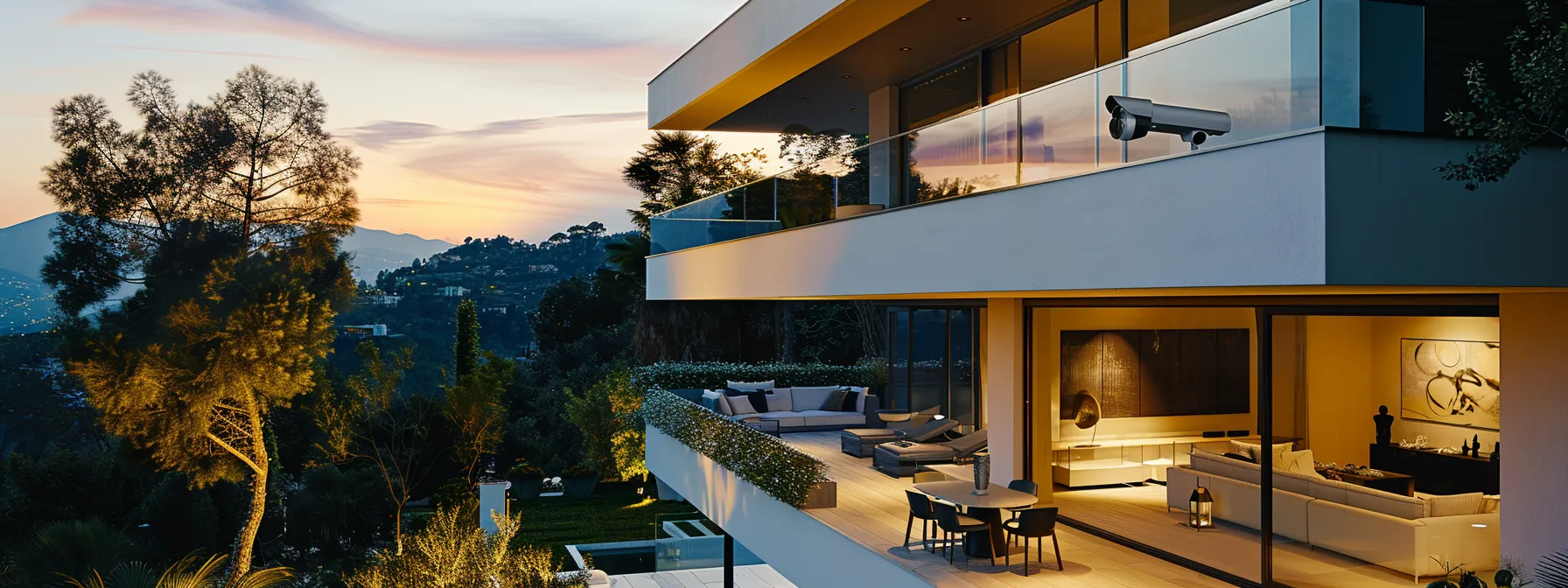
One common mistake homeowners make when installing a security camera is overlooking the yard as a crucial area for surveillance. Failing to position cameras to cover large outdoor spaces can leave vulnerabilities, allowing unauthorized access without detection. Implementing a comprehensive security camera system that includes the yard enhances safety by monitoring all potential entry points.
Another error is placing cameras in locations that do not provide a clear line of sight. When cameras are obstructed by trees, buildings, or other objects, their effectiveness is diminished. A well-planned DIY home security system should ensure that each security camera has an unobstructed view of key areas, allowing for optimal monitoring and accurate alerts.
Homeowners often forget to consider the power supply when setting up their security cameras. Installing cameras without access to a reliable electrical source can lead to inconsistent operation. Proper electrical diagnostics should be performed to ensure that cameras are correctly connected to power, contributing to a reliable home security solution.
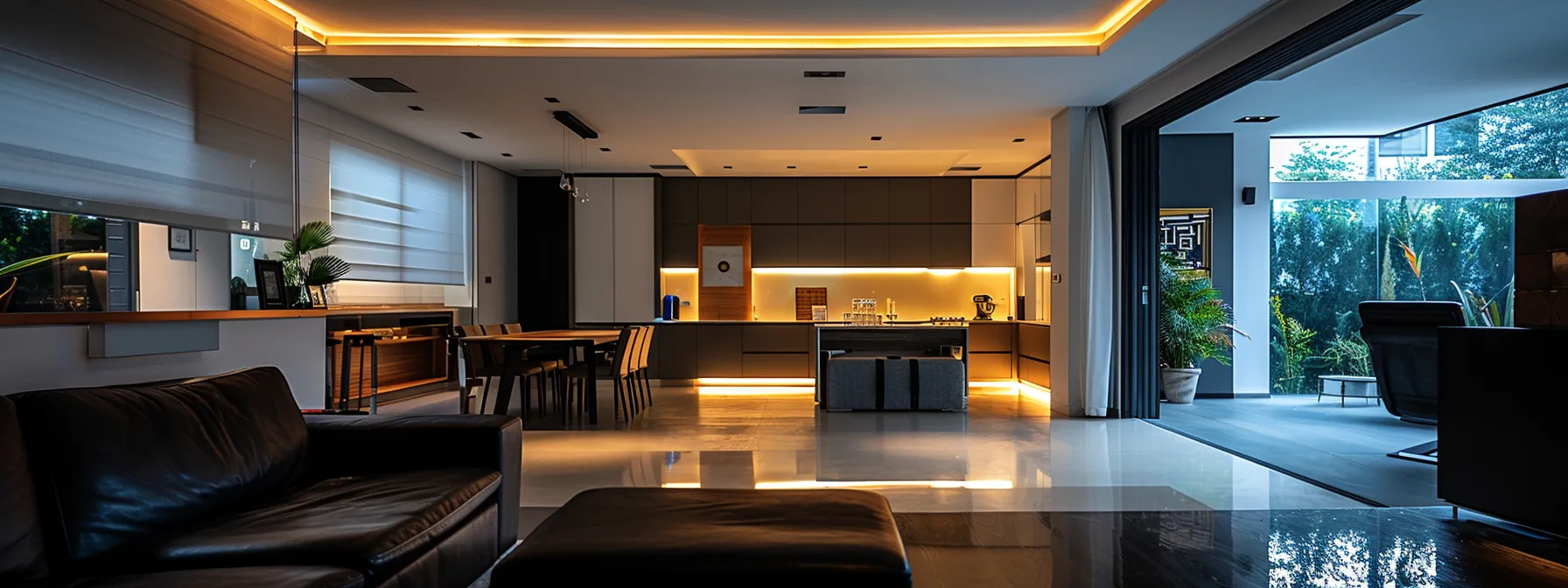
Homeowners should prioritize the placement of wireless home surveillance cameras to ensure comprehensive coverage of key areas, such as the driveway and entry points. Selecting locations that allow for a clear line of sight enhances the effectiveness of the cameras, allowing them to capture important footage without obstruction.
Another critical factor is the choice of electronics used for installation. Utilizing high-quality cameras with advanced features, like motion detection and night vision, can significantly improve security efforts. Ensuring these devices are compatible with existing home networks also contributes to seamless operation and reliable performance.
Lastly, the installation height plays an important role in maximizing security. Mounting cameras on the ceiling or elevated surfaces can deter tampering while providing a broader field of view. This strategic positioning enables homeowners to monitor large areas effectively, enhancing overall home safety.

Adjusting camera angles is essential for maximizing the effectiveness of a home security camera. Maintaining a clear line of sight ensures that motion is captured accurately, both indoors and outdoors. Proper placement around fences and entry points enhances security system coverage, helping homeowners monitor potential vulnerabilities effectively. These insights will guide users through successful camera setup and strategic positioning.
Adjusting camera angles is crucial for ensuring that home security cameras capture the most relevant footage. For instance, installing a camera with a zoom lens can help homeowners focus on entry points, allowing for closer monitoring of activity. Utilizing infrared capabilities can improve visibility in low-light rooms, safeguarding valuable areas without missing a bit of detail.
Maintaining a clear line of sight for home security cams is essential to capturing actionable footage. To avoid obstructions, homeowners should place cameras in areas where sunlight won’t interfere with image quality and ensure that barriers such as trees or furniture do not obstruct their view. For example, mounting a camera on the ceiling near the stairs enhances coverage and monitoring, eliminating blind spots while allowing high dynamic range capabilities to operate effectively and capture more details even in varied lighting conditions.
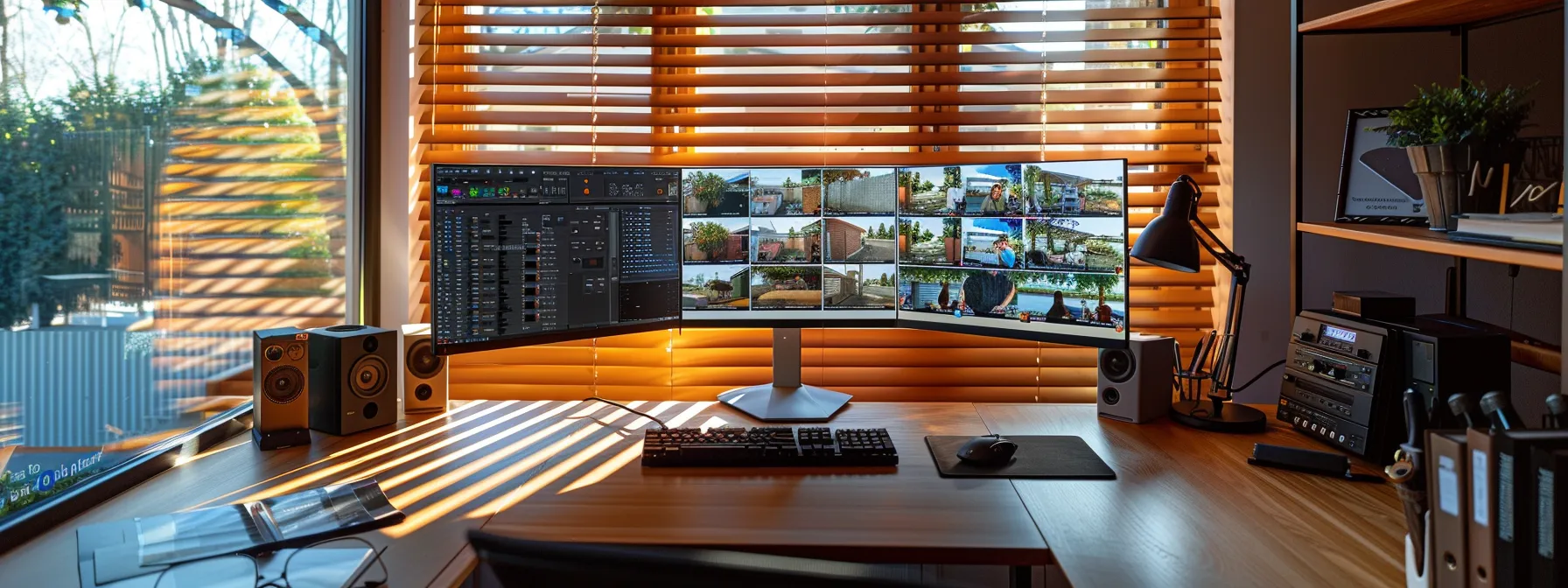
Before installing indoor security cameras or outdoor systems, homeowners must consider privacy regulations and homeowner association guidelines. Understanding how your camera angle and placement on areas like the porch impacts neighbors’ privacy is essential. Compliance helps prevent unnecessary conflicts while ensuring effective surveillance against theft. The next sections will detail these privacy considerations and necessary compliance measures for a successful installation.
When installing security cameras for outdoor home security, homeowners must consider privacy regulations to avoid infringing on their neighbors’ rights. Careful planning of the camera’s field of view is crucial; placing cameras in ways that respect the privacy of adjoining properties helps foster a good relationship within the community. For example, positioning the camera to focus on one’s own property, rather than capturing areas beyond, aligns with home security systems’ best practices while promoting compliance with local guidelines, thus ensuring a seamless and respectful installation process:
Homeowners must adhere to their homeowner association (HOA) guidelines when installing surveillance cameras like Google Nest models. These regulations often specify the height at which cameras can be mounted and may also dictate the use of Power over Ethernet to ensure reliable operation. Before proceeding with installation, it is essential to consult the HOA to avoid potential conflicts and ensure that the chosen camera installation complies with community standards:
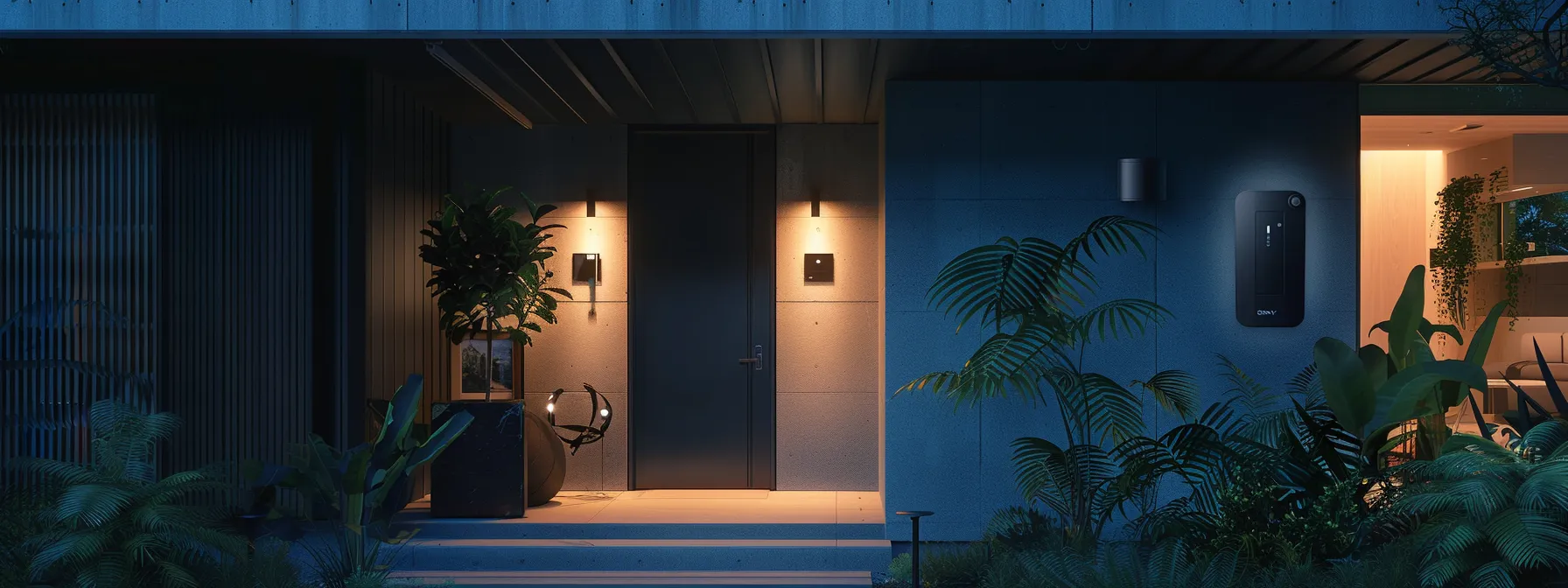
When considering camera placement, homeowners should prioritize areas like doors where unauthorized access is most likely. Strategically positioning cameras at these entry points enhances security and provides clear visibility for monitoring activities.
Minimizing glare is essential for optimal camera functionality. Homeowners should avoid placing cameras where direct sunlight may interfere with image quality, particularly during peak daylight hours, to ensure consistent and reliable surveillance.
Installing cameras with night vision capability is critical for capturing footage after dark. Appropriate placement in well-lit areas or strategic positioning near entry points ensures that nighttime activities are clearly monitored, contributing to a comprehensive home security system.
Installing the first home security camera is a vital step toward ensuring safety and peace of mind for homeowners. By carefully selecting locations, respecting privacy, and integrating features, residents can enhance their home’s security effectively. Prioritizing clear lines of sight and understanding local regulations ensures compliance and maximizes the effectiveness of the surveillance system. Taking these steps not only protects valuable belongings but also cultivates a secure environment for families and communities alike.


